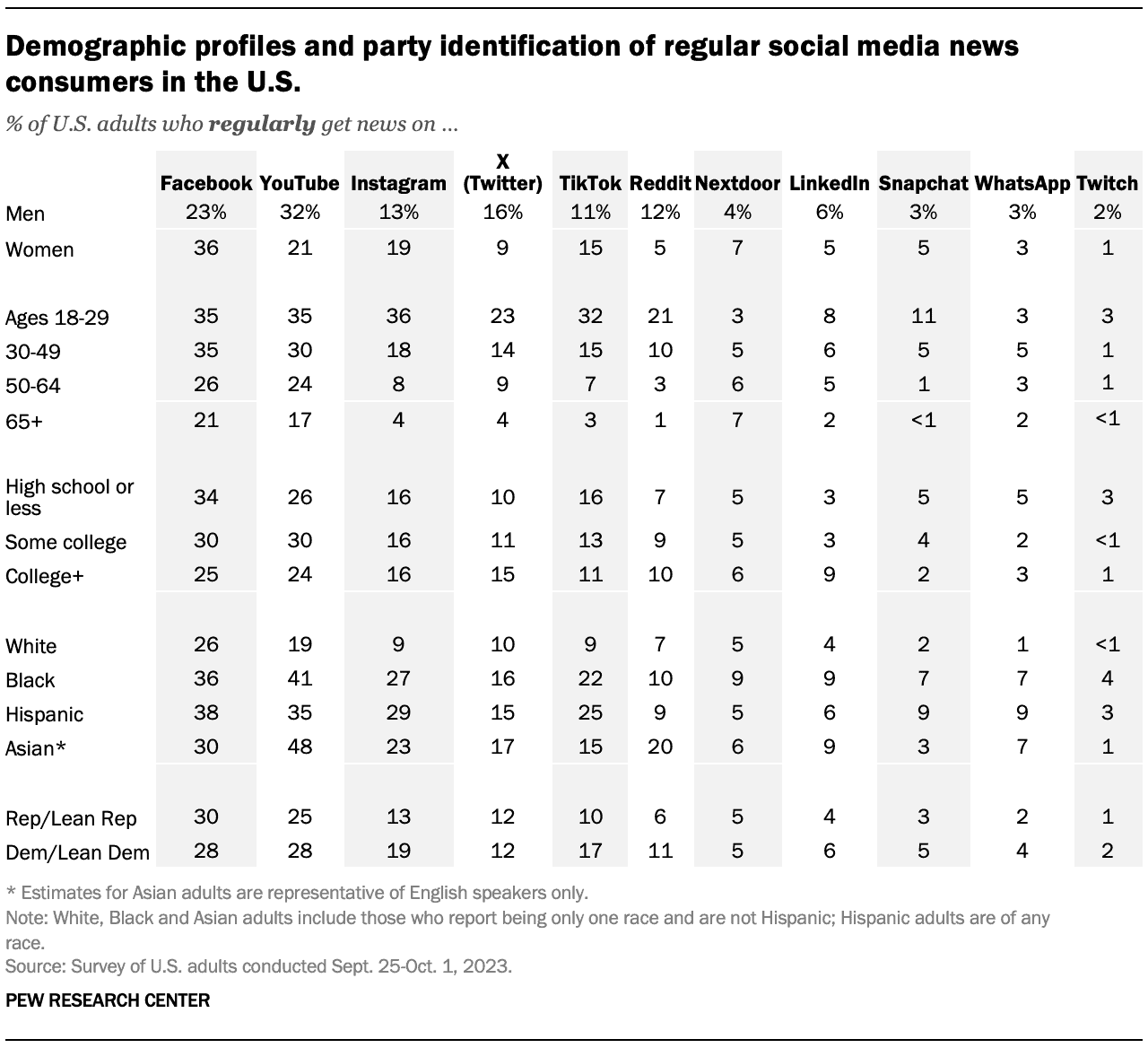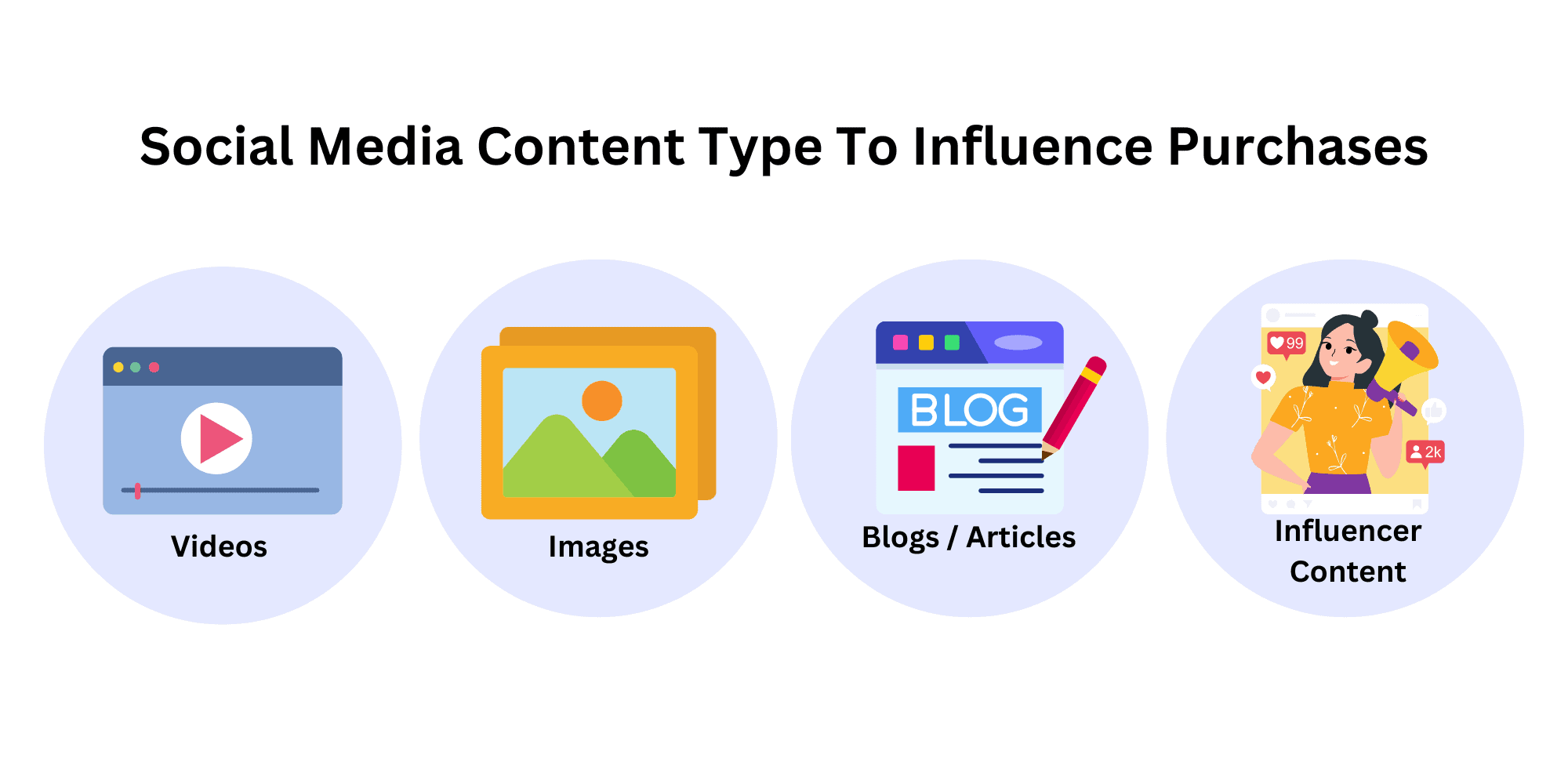Social media platforms have a significant influence on our decisions, shape our preferences, and even dictate trends. This influence extends to consumer behaviour. Brands that understand this can leverage social media to enhance their marketing strategies. They can build brand loyalty, engage with their audience, and gain valuable consumer insights.
In this article, we delve into the world of the social media consumer. We explore how social media influences consumer behaviour and how brands can use this to their advantage.
Whether you’re a digital marketer, a brand manager, or simply interested in the impact of social media, this article is for you. Join us as we unravel the intricacies of social media consumer behaviour.
Who are Social Media Consumers?
Social media consumers are people who use social media platforms to connect with others, find information, and view content. Social media influences their behaviours and preferences, playing a significant role in the buying process.
Significance in the Buying Process
Social media consumers have become a powerful force in the modern buying process. They rely on social media to discover new products, research information, read reviews, and make informed purchasing decisions. The opinions and recommendations shared by their peers and influencers on social media greatly impact their choices.
Furthermore, social media platforms provide consumers with direct access to brands and their products. Consumers can interact with brands through comments, likes, and shares, allowing for a more personalised and engaging shopping experience. This direct interaction can foster trust and loyalty among consumers.
Demographics

Image Source: PEW Research Center
Evolving Nature of Social Media Consumption Habits
Social media consumption habits are constantly evolving as technology advances and new platforms emerge. Here are some trends in social media consumption habits:
- Majority of people are tapping into social media through their mobile devices. In fact, 99% use a tablet or smartphone to connect to social media, while 78% do so exclusively from their phones.
- Microblogging platforms and short-form content, such as Instagram and TikTok, have gained traction. Social media consumers prefer bite-sized content or short videos that are concise and easy to consume. In fact, 44% of consumers prefer to learn more about a product or service through a short video.
- Short-form video has the highest return on investment (ROI) among all social media marketing strategies, and 30-60 videos are the most effective.
- Over 50% marketers say that TikTok provides the highest return on investment (ROI) for short-form content for influencer marketers, followed by (29.9%) Instagram Reels and (12%) YouTube Shorts.
- 40% of shoppers say that user-generated content (UGC) is “extremely” or “very” important when making a purchase decision. Furthermore, 13% of Gen Z shoppers who purchased directly from social media platforms reported that UGC had the greatest impact.
- The rise of stories and disappearing content like Instagram stories and Snapchat has changed how users engage with content. Ephemeral content creates a sense of urgency and FOMO (fear of missing out), encouraging users to engage more frequently. 6 out of 10 people or 60% have admitted to making a reactive purchase because of FOMO.
How does Social Media Influence Consumer behaviour
Social proof is the single most influential factor influencing social media consumers. Consumers rely on other users’ reviews, ratings and testimonials to make decisions. Good reviews and high ratings build trust and credibility.
On the other hand, negative reviews can discourage potential customers. User-generated content, shared by your peers or influencers, plays an important role in shaping consumer behaviour. When we see others enjoying a product, we like it more and are more likely to buy it ourselves. This is because we’re influenced by the good experiences of others. Their enjoyment can instil in us a fear of missing out and an increased desire to own the same product.
Social media engagement also plays a significant role in consumer perception. How many likes, shares and comments on a post can affect how consumers view your brand or product? A high level of engagement means that your content is engaging with your audience and that you’re creating social validation. Conversely, a low level of engagement may cause consumers to question your brand or product’s value or relevance.
Your brand’s overall social presence and reputation also play a significant role in how social media consumers view you. A brand that is well liked on social media is more likely to attract and keep customers. Customers see your brand as reliable and trustworthy, which helps you build long-lasting relationships and build customer loyalty.
How Social Media Consumers Conduct Research
Social media has become an integral part of the consumer research process. Here are some common research methods employed by social media consumers:

Exploring hashtags, product tags, and influencer recommendations
Half of global shoppers have used social media to discover new products. These shoppers often rely on hashtags and product tags to discover relevant content related to their desired products. Similar to search engines, users discover posts from brands, influencers, and other users by exploring these tags. They can see shared experiences and recommendations. Social media trends and influencer recommendations can play a significant role in shaping consumer perceptions and influencing purchasing decisions.

Reading reviews and comments
Reviews and comments on social media platforms can provide valuable insights into the quality, features, and performance of products. Consumers on social media search for reviews and read customer experiences. 93% of users make a purchase decision based on online reviews. They do this to decide if a product is genuine and works well. Positive reviews and helpful comments can influence a consumer’s decision to make a purchase.
On the other hand, negative reviews and complaints may cause them to reconsider. Feedback from other customers plays a significant role in shaping a consumer’s purchasing behaviour. It is important for businesses to pay attention to both positive and negative feedback to improve their products and services.
For example, before making a restaurant booking, most people check their online ratings and reviews. People are more likely to visit a restaurant that actively offers a resolution to any negative feedback. Owners can directly manage these reviews from a software integrated directly into their restaurant POS system.

Comparing prices and features across different platforms
Consumers on social media use the abundance of information to compare prices and features of products on various platforms. They compare various brands, websites, and online stores to find the best prices. They want to ensure they are getting good value for their money. Social media makes it easy for consumers to compare prices and product features, helping them make smart purchase decisions.

Seeking advice from online communities and forums
Online communities and forums dedicated to specific interests or products are a valuable resource for social media consumers. They ask for advice, questions, and talk with people who have experience with the products they want to buy. They highly value the collective knowledge and expertise of online communities. Users take into consideration the input from these communities when making their final purchasing decisions.
Types of Social Media Content That Influence Purchases

Social media provides a diverse range of content formats that can significantly impact purchase decisions. Understanding content types is crucial for brands. They can use this knowledge to effectively influence consumer behaviour on social media.
- Videos: Videos are highly engaging and can effectively capture the attention of social media consumers. Videos have the ability to showcase products and services in a captivating way, whether through product demonstrations, tutorials, or customer testimonials. Brands can leverage YouTube Shorts, Instagram Reels and TikTok to share engaging video content that drives purchase decisions.
- Images: Visual content, such as high-quality images, can be a powerful tool in influencing purchases. Engaging product photos and lifestyle images can attract social media users and generate interest in a brand’s products. Platforms like Instagram and Pinterest are particularly effective in showcasing visually appealing images that inspire and drive purchase decisions.
- Blog Posts and Articles: These provide in-depth information, insights, and valuable content that can influence purchase decisions. Brands can create informative and educational blog posts that provide value to social media consumers. Sharing blog posts on platforms like Facebook and LinkedIn can help brands become industry thought leaders. It can also help them build trust and confidence with consumers.
- Influencer Content: Influencer marketing has gained significant traction in recent years. Partnering with influencers who have a large following and influence in a particular niche or industry can greatly impact purchasing decisions. Influencers can create sponsored posts, product reviews, and endorsements that connect with their audience and boost sales.
Role of Visual Platforms in Driving Purchase Decisions
Visual platforms like Instagram, Youtube, TikTok and Pinterest play a crucial role in driving purchase decisions. These platforms focus on visuals and help brands display their products and services in an attractive and engaging way. Here’s how visual platforms influence purchases:
- Product Discovery: Visual platforms enable social media consumers to discover new products and brands through visually compelling images and videos. Users can easily explore and engage with visually appealing content, leading to increased awareness and consideration of products.
- Inspiration and Aspiration: Visual platforms provide a source of inspiration for consumers to discover new trends and styles. Customers can picture how products fit into their lifestyle or aesthetic. This motivates them to buy out of desire and aspiration.
- User-Generated Content (UGC): Visual platforms thrive on user-generated content, allowing consumers to share their own experiences and recommendations through images and videos. UGC can build trust and influence purchasing decisions by sharing real experiences with a brand’s products, particularly when curated through an effective UGC platform.
- Influencer Marketing: Social media is a hub for visually appealing and aspirational influencer content. These content resonates with their followers, leading to increased interest and consideration of the recommended products.
Successful Targeting Strategies for Businesses
The Power of User-Generated Content and Peer Recommendations
User-generated content (UGC) is a powerful tool in shaping consumer behaviour. It includes reviews, testimonials, and social media posts shared by consumers. People see UGC as more authentic and trustworthy than brand-generated content. Consumers often rely on it to make informed purchase decisions.
Peer recommendations also hold significant sway over consumer behaviour. It serves as social proof, validating a consumer’s decision to engage with a brand or product.
Building Brand Loyalty Through Social Media Engagement
Social media audience engagement is a key factor in building brand loyalty. It involves interacting with consumers on social media platforms through likes, comments, shares, and direct messages. Brands that actively engage with their audience on social media can foster a sense of community. This can lead to increased consumer loyalty and advocacy.
Moreover, social media can enhance the user experience and further strengthen brand loyalty. Effective social media engagement can turn consumers into brand advocates, thereby driving brand loyalty.
Collaborating With Influencers To Reach Target Audiences
Influencer marketing has become a powerful tool for businesses to reach their target audience. Collaborating with influencers who have a strong following and influence in a specific niche or industry can help businesses tap into their audience and effectively promote their products or services. Influencers can create relatable content that resonates with their followers, leading to increased brand awareness and consideration among the target audience.
Measure the performance of influencer marketing campaigns to get a better insight of which campaign brings the best ROI.
Leveraging Social Media Analytics for Consumer Insights
Social media analytics can provide valuable insights into digital engagement and consumer behaviour. These insights can help brands tailor their marketing strategies to better meet consumer needs and preferences. For instance, analytics can reveal which types of content resonate most with the audience. This can guide the creation of future content that is more likely to engage consumers and drive conversions.
Furthermore, social media analytics can help brands understand the demographics of their audience. This can inform targeted advertising efforts, making them more effective.
Targeted advertising campaigns based on consumer interests and behaviours
Social media platforms offer advanced targeting options for advertising campaigns. Businesses can leverage these capabilities to reach specific demographics, interests, and behaviours within their target audience. Social media managers can make their social media marketing strategy more effective by focusing on what consumers like and how they behave. This can help them create messages that are more relevant and likely to lead to sales.
Adapting to the Evolving Social Media Landscape
In the ever-evolving landscape of social media, understanding consumer behaviour is crucial. It allows brands to create effective strategies that resonate with their audience.
Adapting to changes in social media consumer behaviour requires continuous learning and flexibility. Brands must stay updated with the latest trends and create social media campaigns accordingly to remain relevant.
In conclusion, we cannot underestimate the power of social influence in shaping consumer behaviour. It’s a dynamic tool. When used effectively, it can drive brand loyalty, enhance user experience, and ultimately, influence consumer behaviour.


